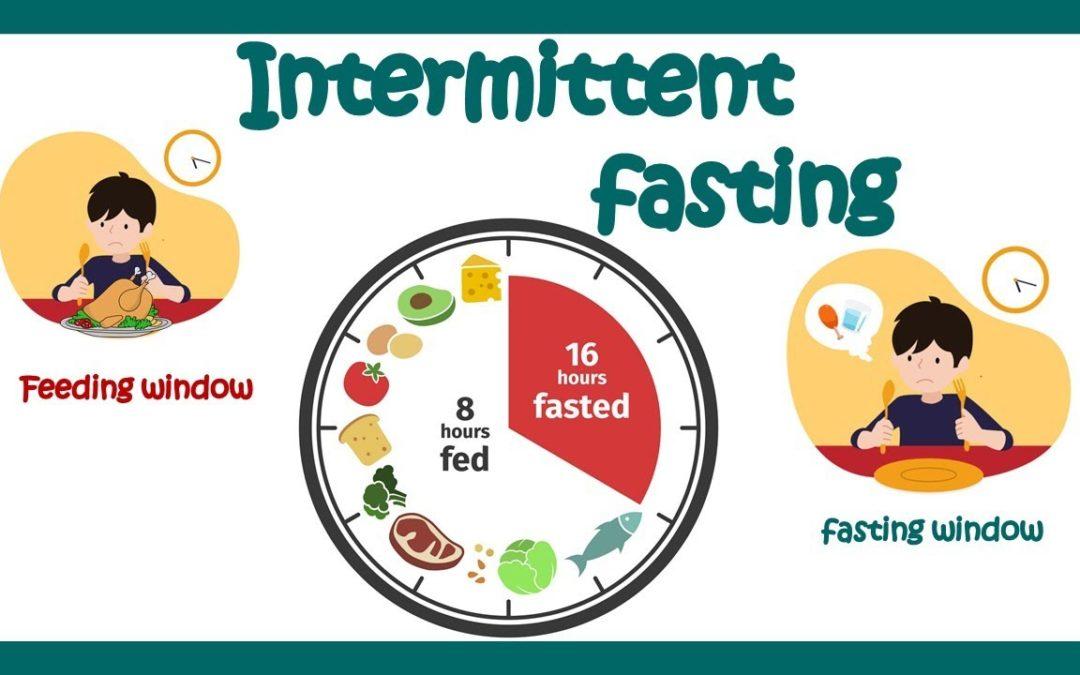In the ever-evolving landscape of dietary strategies, intermittent fasting has emerged as a prominent contender for those seeking effective weight loss solutions. As more individuals turn to this eating pattern, it becomes crucial to examine its efficacy and suitability for diverse lifestyles. Intermittent fasting, characterized by alternating periods of eating and fasting, promises not only weight reduction but also potential health benefits such as improved metabolic health and longevity. However, as with any dietary approach, its success hinges on individual factors, including lifestyle, health conditions, and personal preferences. This article delves into the science behind intermittent fasting, evaluates its potential benefits and drawbacks, and provides insights to help you determine if this popular dietary trend aligns with your weight loss goals and overall wellness journey.
Understanding the Science Behind Intermittent Fasting
Delving into the mechanisms of intermittent fasting reveals a fascinating interplay between metabolic processes and energy consumption. At its core, this dietary approach cycles between periods of eating and fasting, prompting the body to shift from utilizing glucose as its primary energy source to tapping into fat reserves. This metabolic switch, known as ketosis, is a key component in promoting weight loss. Insulin levels drop during fasting, encouraging the body to burn stored fat more efficiently. Additionally, fasting enhances the production of norepinephrine, a hormone that boosts metabolism and further supports fat breakdown.
Beyond these metabolic shifts, intermittent fasting can have profound effects on cellular repair processes. Autophagy, a natural mechanism where cells clean out damaged components, is stimulated during fasting periods, promoting better cellular health and longevity. Moreover, fasting can influence hormone regulation, particularly with the increase in growth hormone levels, which not only aids in fat loss but also helps in muscle preservation. Here are some benefits of intermittent fasting supported by scientific studies:
- Improved insulin sensitivity
- Enhanced metabolic rate
- Reduction in inflammation
- Potential benefits for brain health

Analyzing the Benefits and Drawbacks of Intermittent Fasting
Intermittent fasting has gained significant attention as a potential tool for weight loss, offering a structured approach to eating that may align well with modern lifestyles. The benefits of intermittent fasting are manifold, making it an attractive option for many. It simplifies meal planning by reducing the number of meals consumed each day, which can be a relief for those with busy schedules. Furthermore, it may improve metabolic health by enhancing insulin sensitivity and promoting fat oxidation. Some studies suggest that intermittent fasting can lead to sustainable weight loss, as it encourages the body to utilize stored fat for energy.
However, it’s crucial to consider the drawbacks before diving in. Intermittent fasting can lead to feelings of hunger, irritability, and decreased energy levels, particularly in the early stages. This approach may not be suitable for everyone, especially those with a history of eating disorders or specific medical conditions. Additionally, there is a risk of overeating during non-fasting periods, which can negate any caloric deficit achieved during fasting. Individuals may also experience social challenges, as traditional meal timings often revolve around social and familial gatherings.
- Pros: Simplifies meal planning, improves metabolic health, promotes sustainable weight loss.
- Cons: Potential for hunger and irritability, risk of overeating, social challenges.

Tailoring Intermittent Fasting to Your Lifestyle and Goals
When embarking on the journey of intermittent fasting (IF), it’s crucial to align the method with your unique lifestyle and specific weight loss goals. While the 16/8 method is popular, where you fast for 16 hours and eat within an 8-hour window, it might not suit everyone’s daily routine. Instead, consider exploring different fasting schedules such as the 5:2 method, where you eat normally for five days and restrict calorie intake for two non-consecutive days. This flexibility allows you to maintain social engagements and work commitments without feeling restricted.
Identify your primary goals before choosing a fasting plan. If your aim is to lose weight rapidly, more extended fasting periods like the 24-hour fast once or twice a week might be beneficial. However, if your focus is on maintaining energy levels while losing weight gradually, shorter fasting periods with a focus on nutrient-dense meals during eating windows can be more sustainable. Additionally, consider factors such as your workout routine, family responsibilities, and social life. Tailoring intermittent fasting to fit seamlessly into your daily life increases the likelihood of long-term success and helps create a healthier relationship with food.

Expert Recommendations for Successful Intermittent Fasting
When embarking on an intermittent fasting journey, it’s crucial to follow expert-backed strategies to maximize its effectiveness. Consistency is key; establish a routine that aligns with your lifestyle and stick to it. Most experts suggest starting with the popular 16/8 method, where you fast for 16 hours and eat during an 8-hour window, as it’s manageable for beginners while still providing noticeable benefits.
Here are some expert recommendations to enhance your experience:
- Stay Hydrated: Drink plenty of water during fasting periods to help curb hunger and maintain energy levels.
- Listen to Your Body: Pay attention to how your body responds. If you feel excessively tired or unwell, adjust your eating windows accordingly.
- Prioritize Nutrient-Dense Foods: When it’s time to eat, focus on whole foods rich in nutrients to fuel your body effectively.
- Gradual Transition: Start with shorter fasting periods and gradually increase as your body adapts to the new regimen.
- Mindful Eating: Avoid binge eating during your eating window. Practice mindfulness to appreciate your meals and avoid overeating.
Implementing these strategies can help you achieve your weight loss goals while maintaining overall health and well-being. Trust in the process and give your body the time it needs to adjust and thrive under this new dietary pattern.
